
We practically invented the whole house fan
Many whole-house fans on the market generate less than 1,000 CFM per unit, which only cools a fraction of the typical home. This is something our founder, Uncle John Felter, told consumers back in 1983.
We sell whole house fans, because you don’t live in half of your house. Consumers have been buying fans too small to cool their homes.
John Q. Felter, Founder
Helping Homeowners Cut Energy Costs
Uncle Felter was finding ways to help homeowners cut energy costs while creating comfort decades ago. His wisdom still holds true today.
A whole house fan is comprised of two parts: fan and attic ventilation. The square footage of your home will determine the CFMs required to adequately cool your home. CFM requirements should be used to choose the correct fan size. It is important to have an adequate attic exhaust area, which is often overlooked and be sure to select a qualified installer for your Triangle Whole House Fan System, to ensure that the energy-saving equipment is installed correctly.
SPOTLIGHT: COLORADO HOME COOLING (CHC)
Efficient and Economical Solutions to Home Cooling
Having a properly cooled home will never go out of style, and Lakewood-based Colorado Home Cooling keeps homeowners on-trend. CHC is a small, locally-owned and operated business that has been an authorized Triangle Engineering Dealer since 2003. Owner and founder, Ryan Starr uses his team’s collective expertise in efficient and economical solutions to home-cooling and ventilation that can help you choose the air mover that fits your needs.
I install Triangle Engingeering whole house fans because they are powerful, quiet and durable. My customers enjoy the quiet performance and considerable energy savings. Whole house fans are the best cooling solution for high elevation climates.
Ryan Starr, Founder/Owner Colorado Home Cooling
Starr started working in the whole house fan industry in 1992. In 2003, he launched Colorado Home Cooling to address the cooling needs of Denver’s growing population and became a proud dealer of Triangle Engineering’s Comfort Cooler fans. Starr has built a customer-first business that provides comprehensive home cooling solutions. CHC has installed thousands of Triangle Engineering fans for happy customers all over the Denver-Metro area for over 15 years. Go to https://www.colohomecool.com/ to learn more about home cooling solutions that include whole house fan energy-saving equipment.
Proudly made in the USA, Triangle’s Whole House Fans are an efficient, fast, economical way to cool your home. Click here to learn more about Triangle Engineering’s Comfort Cooler and Comfort Aide whole-house fans.



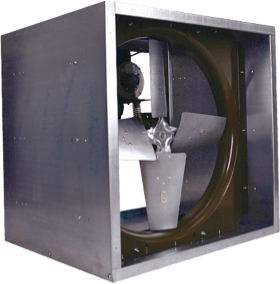
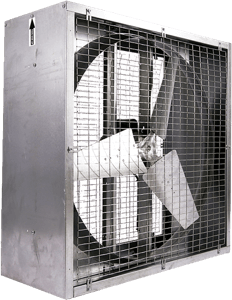
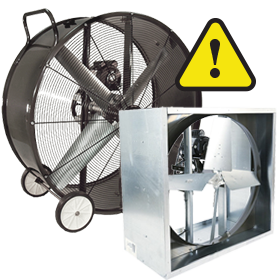
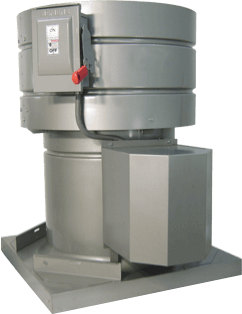
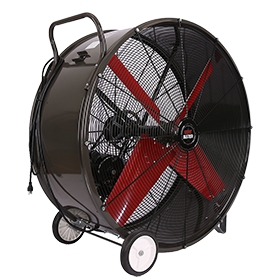
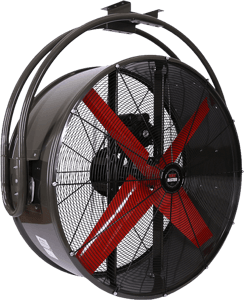
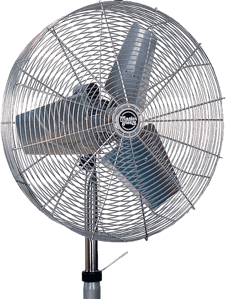
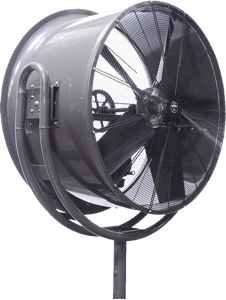
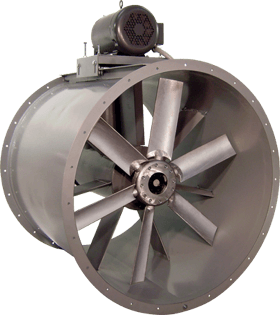
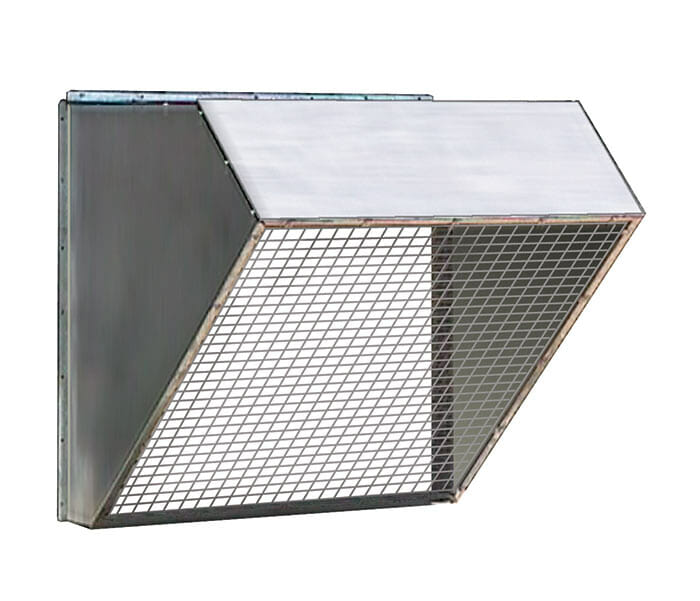
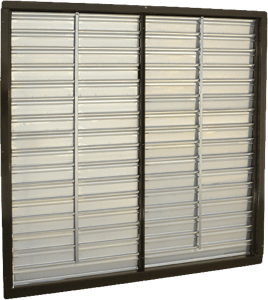

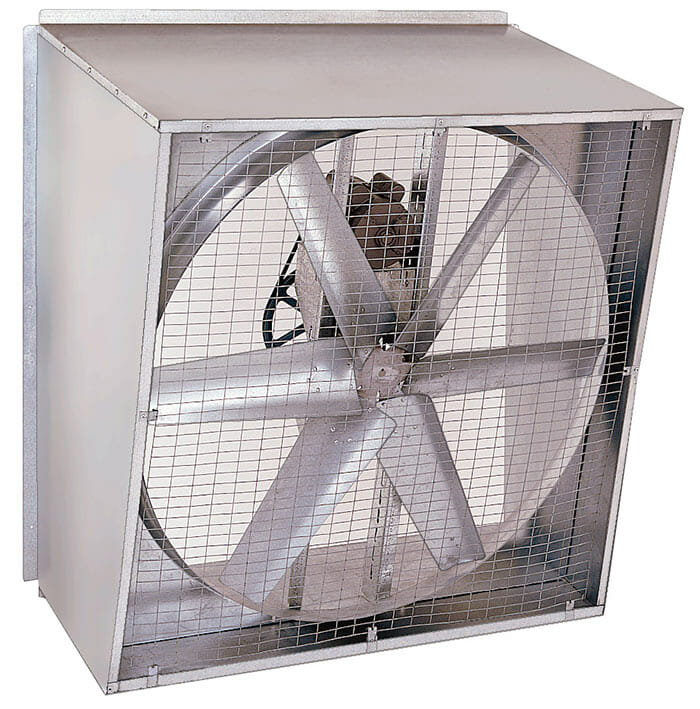
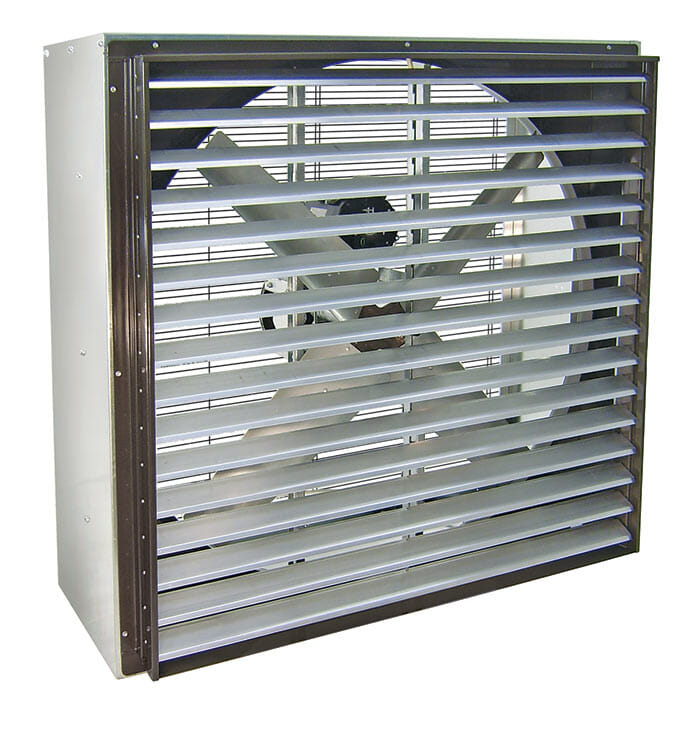
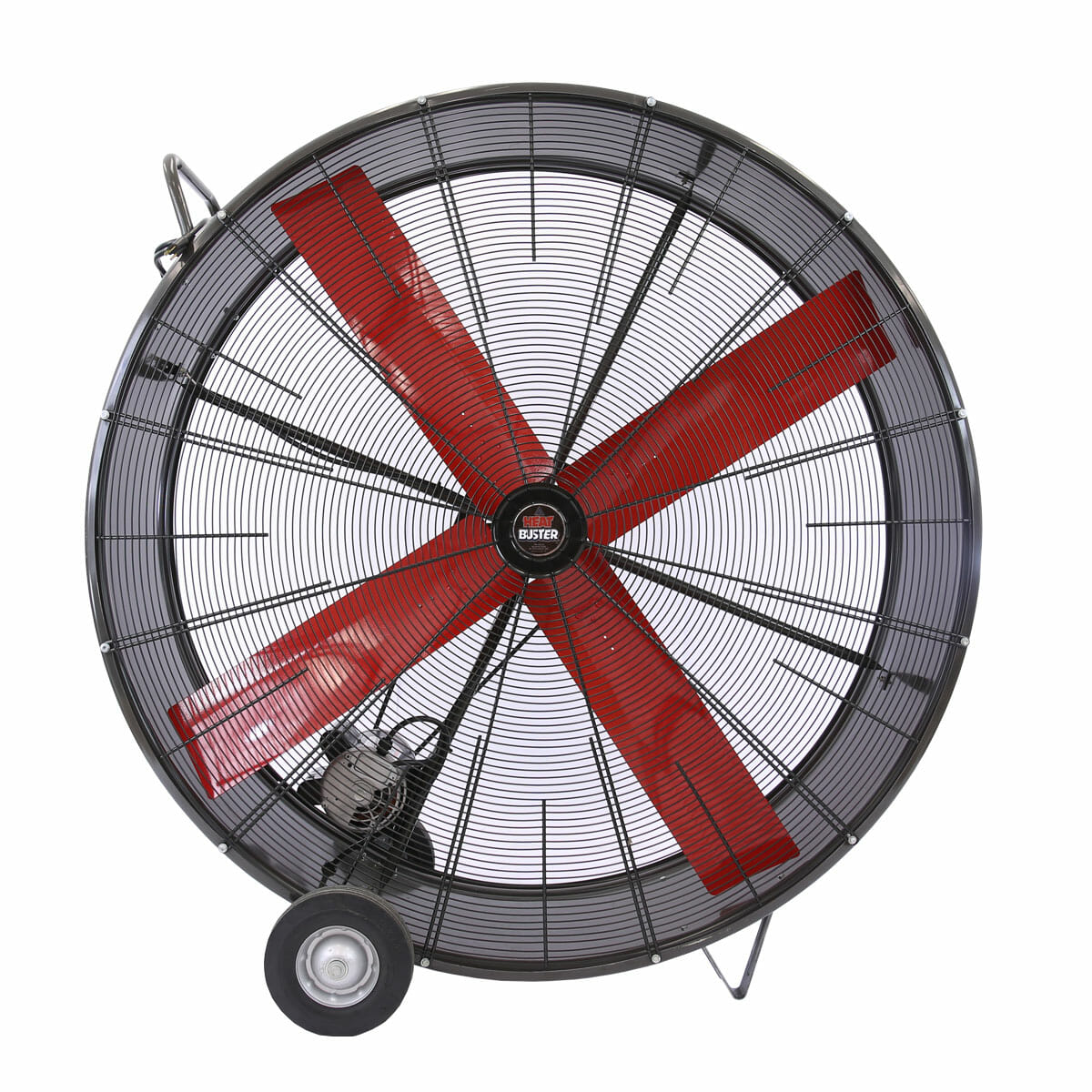
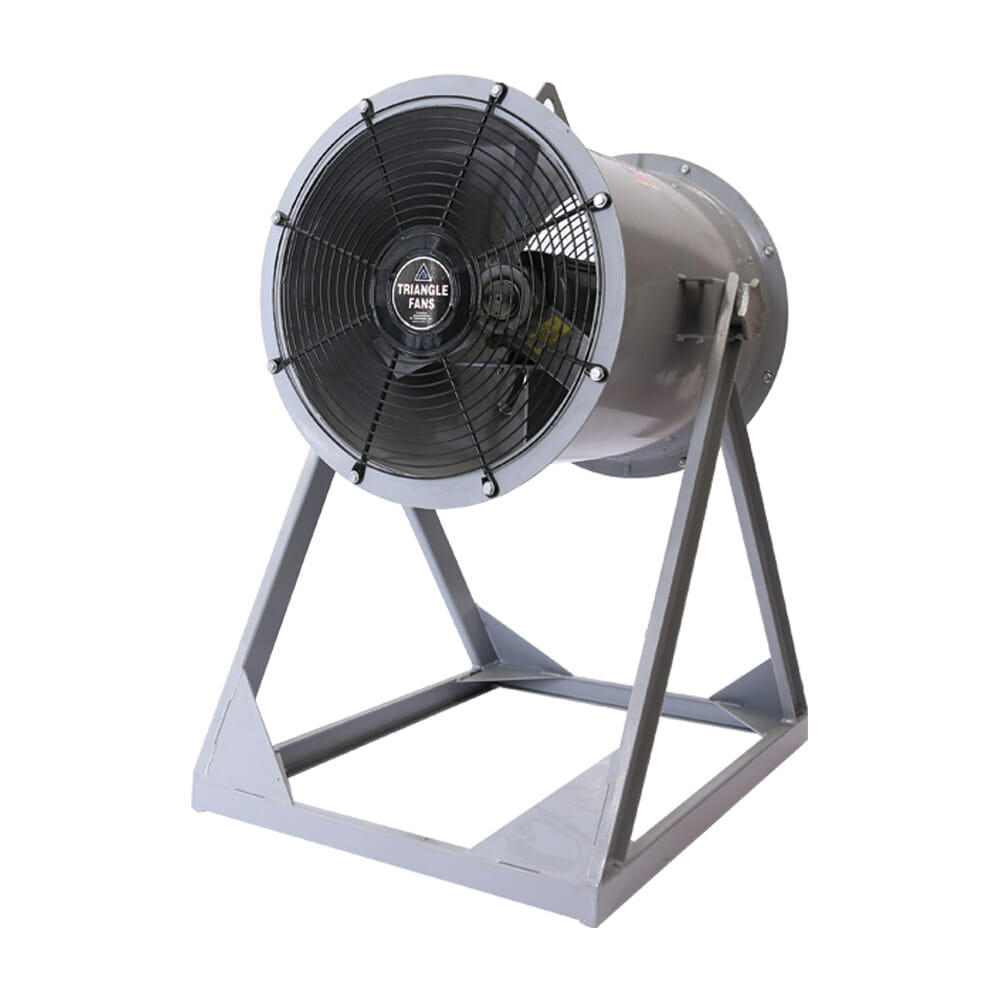
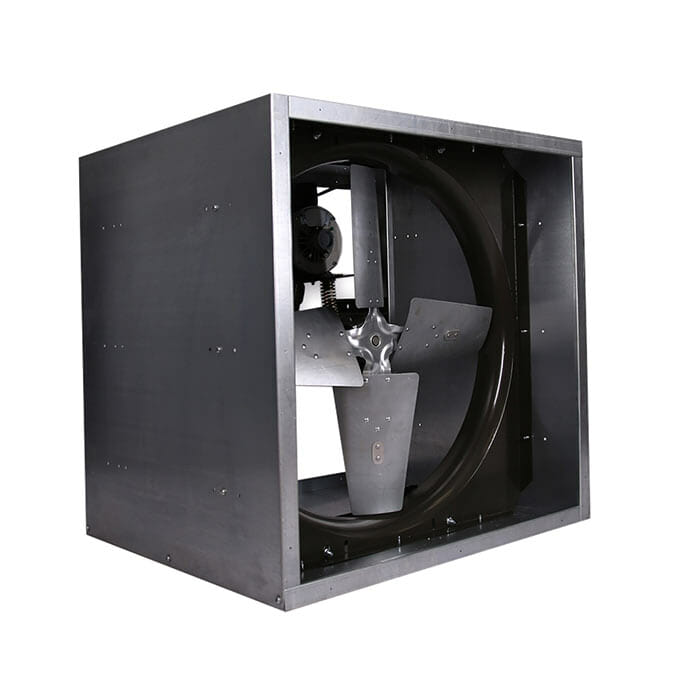
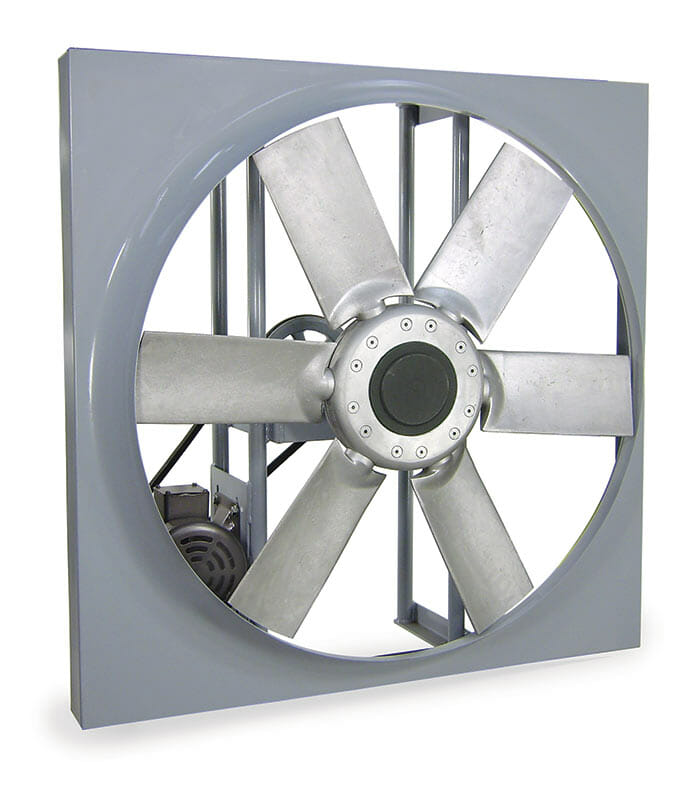
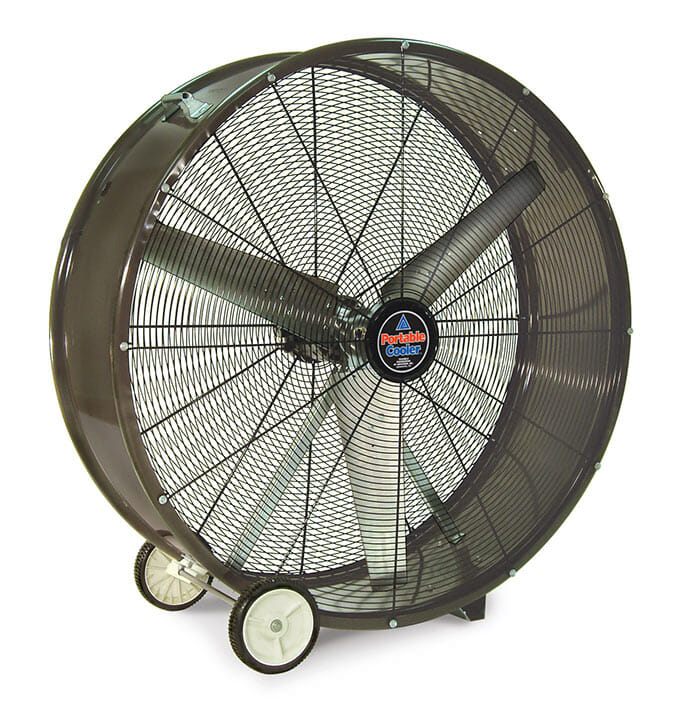
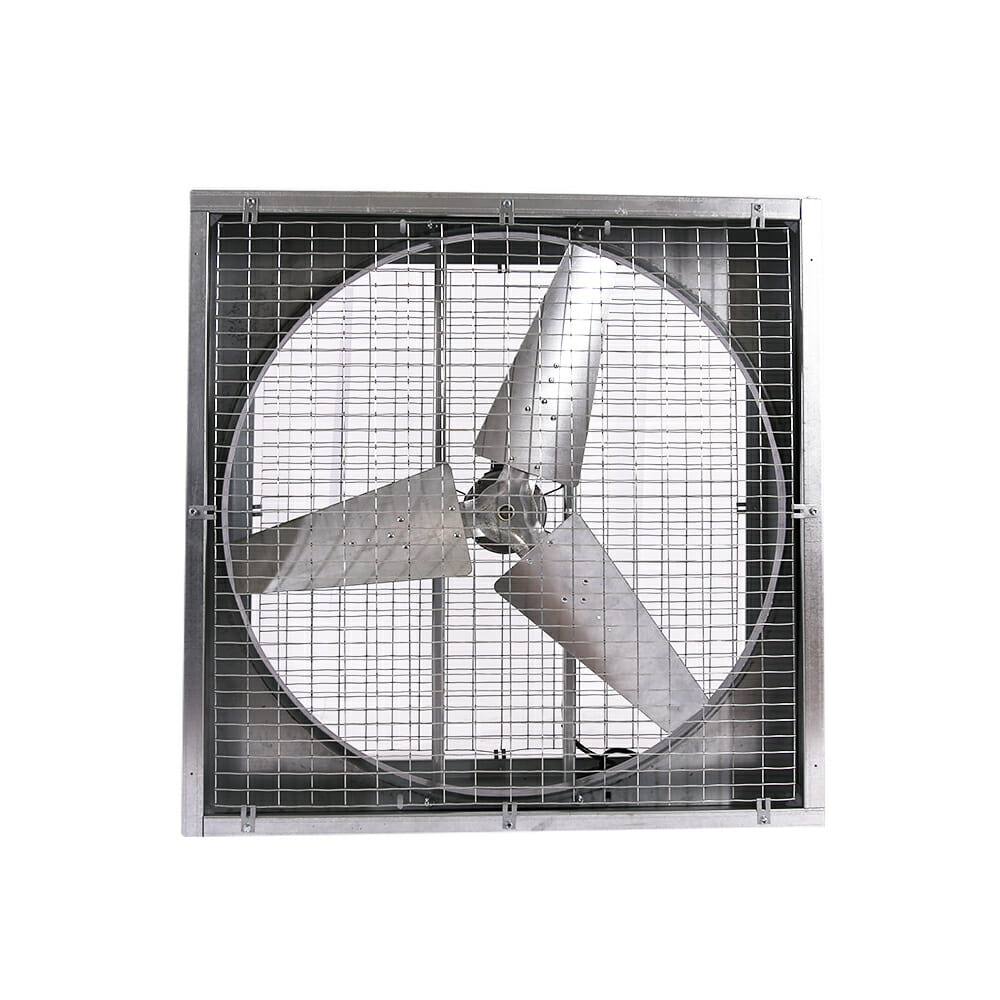

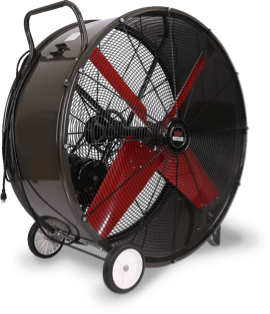
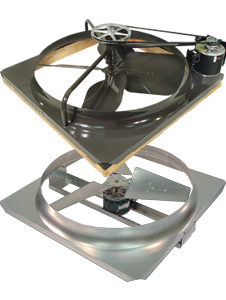
 Fan Size Calculator
Fan Size Calculator





